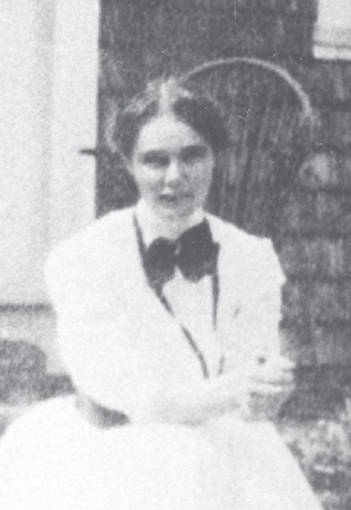The Diverting History of a Loyalist Town
Book Details
| Title: | The Diverting History of a Loyalist Town | ||||||||
| Author: |
| ||||||||
| Published: | 1932 | ||||||||
| Publisher: | Brunswick Press, Limited | ||||||||
| Tags: | historical, New Brunswick, non-fiction | ||||||||
| Description: | This volume presents a history of the Canadian town of St. Andrews, New Brunswick, founded in 1783 by a group of United Empire Loyalists (colonists still loyal to King George III) who were exiled from the newly formed United States at the close of the Revolutionary War. The author's account begins with the time the Indians called this place, Qua-nos-cumcook, where they had their camp headquarters at Joe's Point, before any Loyalists arrived in the area and before a Frenchman placed a St. Andrews cross at St. Andrews Point, making the area known as "St. Andrews". The author, a lifelong resident of the town, tells the story of how St. Andrews grew and prospered. She opens the curtains of the window of the past to let us glimpse, through many intriguing stories, the lives of those who settled this town and the others who followed. [Suggest a different description.] |
||||||||
| Downloads: | 85 | ||||||||
| Pages: | 113  |
Author Bio for Mowat, Grace Helen

Grace Helen Mowat (1875-1964) was born just outside St. Andrews Parish at Beech Hill Farm, a plot purchased by the Loyalist Mowat family upon their arrival from Penobscot, Maine in the late eighteenth century. Rarely addressed as "Grace" and instead known as "Nell" or "Nellie" to close friends, young Helen spent a great deal of time around her older relatives; reading old family letters provided information and the Mowat and Campbell legacy and gave her a taste for narrative. Following her education at Charlotte County Grammar School, she studied at Richmond School of Art and Music in London, England (1893-94). The experience led to Helen's first publication when her impressions of England appeared in the ST. ANDREWS BEACON. After completing her studies at the Women's Art School of Cooper (Cooper's) Union in New York City (1899), she briefly taught at St. Catherine's Hall in Augusta Maine, followed by four years of teaching art at the Halifax Ladies' College (1902-1906). Following a nervous breakdown in 1907, Helen returned home to St. Andrews. Although she had spent many years in cosmopolitan cities, she found a renewed interest in the conservative farm-life she had known as a child. Investing much of her time in the traditional crafts of local farm women, she founded, organized, and directed Charlotte County Cottage Craft from 1914 to 1945, successfully developing pottery and weaving into major local industries. With her help, New Brunswick's artisans showed their work at the 1924 British Empire Exhibition in Wembley, England. As founder of St. Andrews Music, Art, and Drama Society (MAD), Helen provided an opportunity to exhibit art, perform concerts, and produce plays. In addition to designing Christmas cards, she also directed her attention towards local history. Her writing tended to be light-hearted and personal, such as the verse in FUNNY FABLES OF FUNDY (1928), and local history as in THE DIVERTING HISTORY OF A LOYALIST TOWN (1932). Author of plays like "The Perfect Actor" and "The Unguarded Border," Helen's efforts in local theatre flourished in the 1920s-30s as her pageants became popular attractions for summer visitors. Through her many endeavours she met poet Bliss Carman and in 1951 was recognized with an honorary LLD from the University of New Brunswick. Upon her death in 1964, Helen was buried at her family's plot at St. Andrews Rural Cemetery, where a headstone commemorates her the "Founder of Charlotte County Cottage Craft."--digital.lib.sfu.ca.
Available Formats
No book directory. Upload has not been completed.This book is in the public domain in Canada, and is made available to you DRM-free. You may do whatever you like with this book, but mostly we hope you will read it.
Here at FadedPage and our companion site Distributed Proofreaders Canada, we pride ourselves on producing the best ebooks you can find. Please tell us about any errors you have found in this book, or in the information on this page about this book.